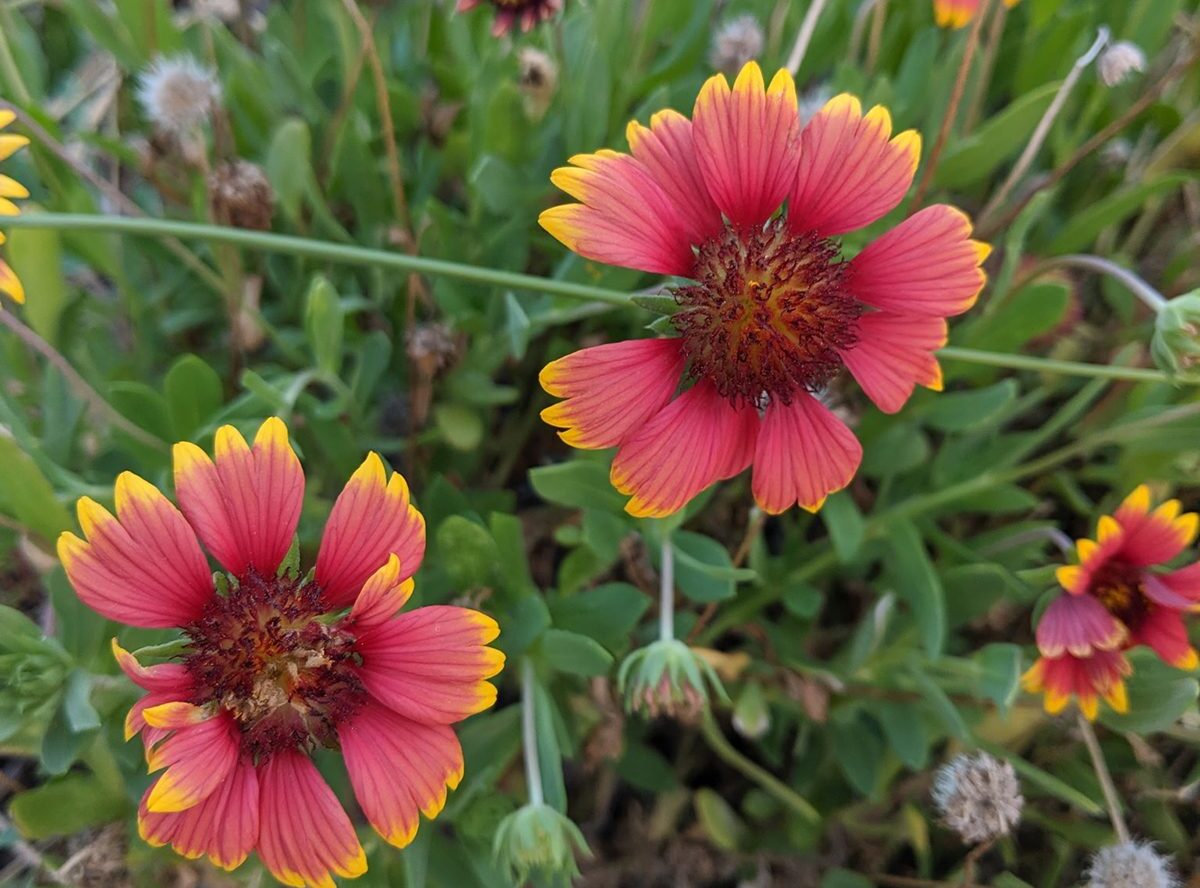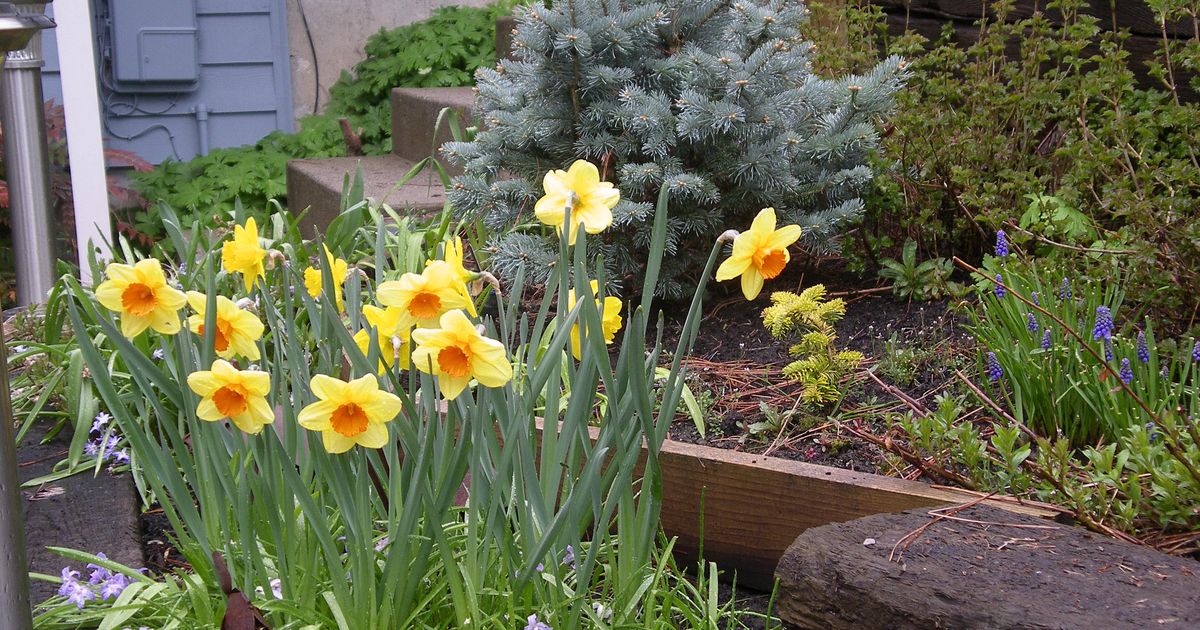After a long, dark winter, the appearance of early spring bulbs like tulips and daffodils are a welcome, colorful harbinger of spring.
If you want to look forward to a garden full of yellow, pink, white and red flowers before other plants have poked their heads up, now is the time to plant spring flowering bulbs.
With a little planning, you can have colorful bulbs in the garden from late March through midsummer. The earliest to bloom will come up in late March to early April and include crocuses, snowdrops, grape hyacinth, anemone, aconite, snow glories, miniature daffodils and early tulips. Snowdrops will even poke their heads up through the last of the snow under the right conditions.
By the end of May, the midseason tulips, daffodils, camas and fritillaria will be up. The late tulips, daffodils, Dutch iris and alliums will take the stage in mid-June. Lilies, the queens of the garden, will make their entrance in late June to early July.
Most bulbs are easy to grow if their needs are met. Most prefer early spring sun but will do well planted under trees that will leaf out later in May. They like average, well-drained, unamended soil with moderate amounts of irrigation.
Once they finish flowering, their leaves need to be left to capture sunlight that builds up the bulb’s reserves for the next growing season. Once the leaves die back, the bulbs remain dormant until next spring. The best time to fertilize them is early spring with a balanced fertilizer as the leaves emerge.
The biggest trick to planting bulbs is to mark where you planted them, so you don’t accidentally dig them up in the spring while planting other plants. It’s best to plant bulbs in clusters to maximize their impact. While each type of bulb will come with its own planting requirements, a general rule of thumb is to plant a bulb in a hole that is three times its height.
It helps to add a little bone meal to the bottom of the hole as you plant. An easy way to plant a lot of bulbs in one place is to dig up an area to the depth of the deepest bulb and then set the bulbs up to 6 inches apart and backfill the hole part way. Layer smaller bulbs on top of the deeper ones and finish filling the hole. Mark the planting site with stakes or a spray-painted circle so you know where you planted them.
Critters can be an issue with some bulbs. Deer think tulips and lilies are candy and will nibble them to nothing quickly. If the deer don’t get the lilies and tulips, the gophers and the squirrels might. Spraying bulb plants with deer repellent might work, but you have to spray frequently to keep up with the new growth. Bulbs can be planted in wire baskets to deter gophers, and wire mesh can be laid on the soil surface to deter digging squirrels.










